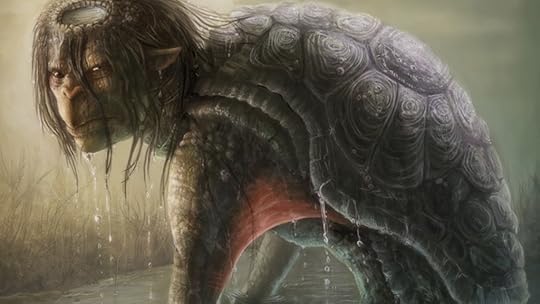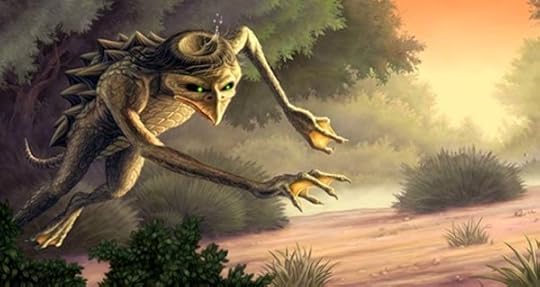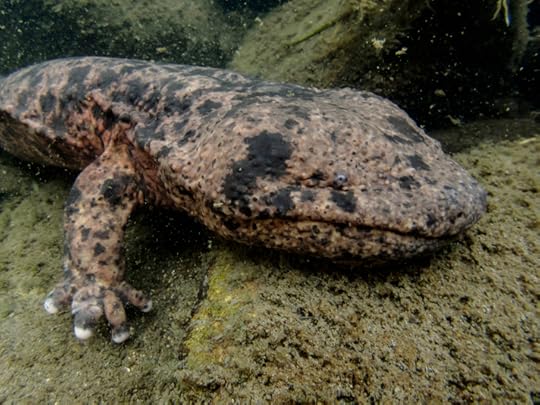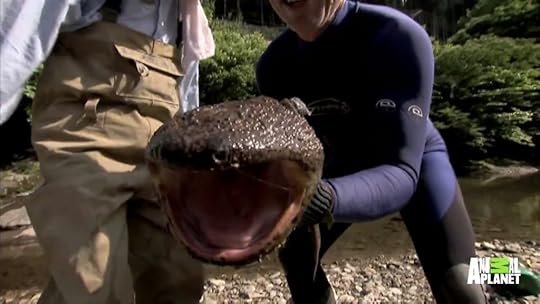The Kappa

A Kappa is an amphibious demon found in traditional Japanese folklore. They are typically depicted as green, humanlike beings with webbed hands and feet and have a turtle shell on their back. The depression on their head holds water and if liquid is lost, they are severely weakened.

The name kappa is a contraction of the words kawa meaning river and wappa meaning child. The creature has also been called kawaso meaning otter and dangame meaning soft-shelled turtle suggesting an outward resemblance to these animals. The name komahiki or “steed-puller” refers to its reputation to dragging away horses.

Kappas are said to be roughly humanoid and the size of a child, living in ponds and rivers around Japan. Even with their small size, they are physically stronger than a grown man.
These creatures are seen as troublemakers or tricksters. Their actions range from spying to drowning people, kidnapping children, and eating human flesh. People will often give cucumbers to the water demon to mollify the kappa.
But what inspired this strange creature?

The Japanese Giant Salamander is a species of fully aquatic salamander endemic to Japan. These creatures grow around 1.5 m in length. It is the third-largest salamander in the world behind the Chinese and South China giant salamander.
The skin of the animal is typically a mottled brown and black. However, due to its aquatic lifestyle algae often covers the body – making them appear green. The coloring of the skin along with distinctive warts provide camouflage. The animal has a mouth that extends across the width of its head and can open the width of its body.

Japanese giant salamanders live only in streams with clear, cool water. Due to its large size and lack of gills, it is confined to flowing water where oxygen is abundant. It breached the surface periodically to breathe but spends most of its time hiding in the stream bottoms.
Adults feed mainly off freshwater crabs, frogs, and fish. It has a slow metabolism and can go weeks between meals. Japanese giant salamanders are known to be aggressive and grab its prey with its powerful jaws. With its poor vision, the animal could mistakenly have grabbed hold of an unsuspecting swimmer, causing a drowning.

There are several things that can tie Kappas and the Japanese Giant Salamanders together. With their size and habitat, they could certainly surprise an unsuspecting traveler!
Sources:
https://www.thedodo.com/mythical-monster-animals-814513925.html
Ashkenazi, Michael (2003). Handbook of Japanese Mythology.
Shamoon, Deborah (2013). “The Yōkai in the Database: Supernatural Creatures and Folklore in Manga and Anime”.
The Encyclopedia of Reptiles and Amphibians. Facts on File Inc. 1986.
Japanese Giant Salamander”. Smithsonian National Zoological Park. 2016.



